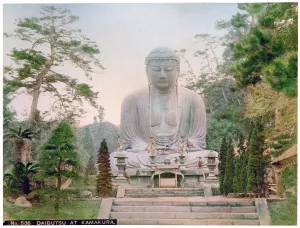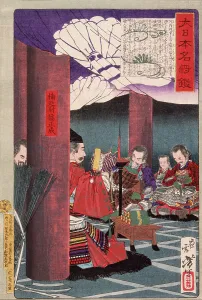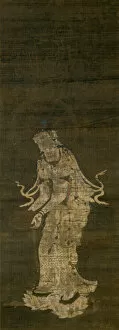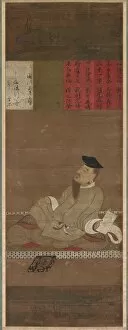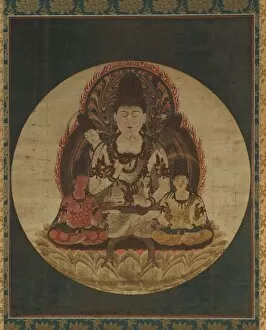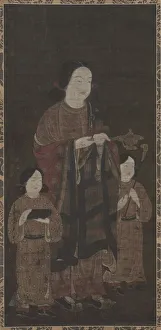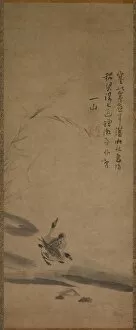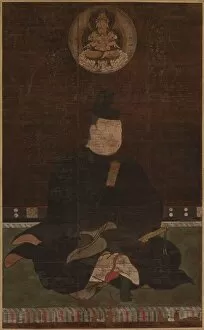Kamakura Period Collection
The Kamakura Period, which spanned from 1185 to 1333 in Japan, was a time of great artistic and cultural development
All Professionally Made to Order for Quick Shipping
The Kamakura Period, which spanned from 1185 to 1333 in Japan, was a time of great artistic and cultural development. During this era, many exquisite artworks were created by unknown artists who left behind a rich legacy for future generations to appreciate. One such masterpiece is the "Welcoming Descent of Amida Buddha (Raigo)" dating back to around 1270-1333. This artwork showcases the skillful craftsmanship and attention to detail that characterized the Kamakura period. The creator remains unknown, but their talent shines through in every brushstroke. Another iconic symbol of this era is the Daibutsu at Kamakura, a colossal statue that stands tall even today. Although it was crafted in the early 20th century, it pays homage to the original statues from the Kamakura period. This bronze marvel serves as a reminder of Japan's rich Buddhist heritage and its significance during that time. The Wisdom King of Passion Aizen Myoo is another remarkable piece from the 1300s. Created by an anonymous artist, this sculpture portrays Aizen Myoo with intricate details that capture his powerful presence and divine aura. Intriguingly, there are multiple representations of Bodhisattvas during this period. One example is found in "The Bodhisattva Kannon" triptych from the Approach of Amida Trinity series. These artworks depict compassion personified through beautifully carved figures whose origins remain shrouded in mystery. Similarly captivating is "Vajrayaksha (Kongo Yasha), " an enigmatic sculpture dating back to 1185-1333. Its fierce expression and dynamic pose evoke both awe and reverence for its unknown creator's skillful handiwork. Among these masterpieces is also an Eleven-headed Bodhisattva Avalokiteshvara known as Juichimen Kannon—a testament to devotion during this transformative period where Buddhism flourished.



